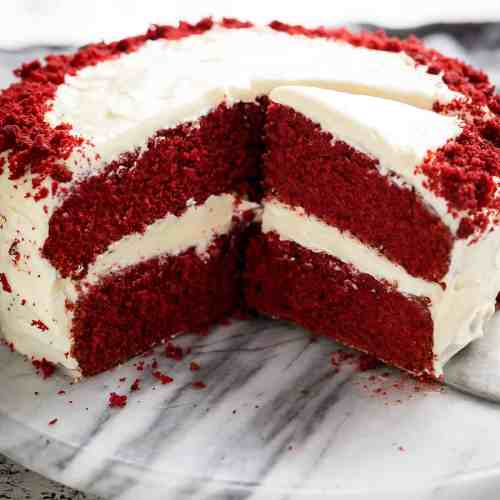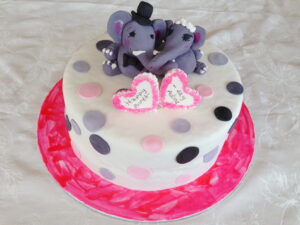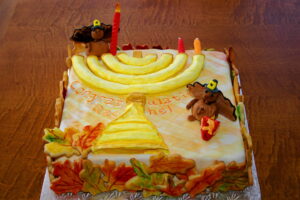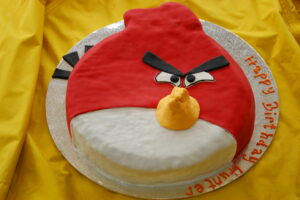The times they are a changing. Changing in my kitchen, that is. It seems that every week we’re trying out something new around here. This week was, you guessed it, Red Velvet cake.
The true origins of the Red Velvet cake are not known. *(Summary down below, if you’re not fascinated by this topic.) A velvet cake uses cocoa to soften flour and make a finer texture cake. One of the first and most prominent mentions of Red Velvet cake came in 1943 in Irma S. Rombauer’s The Joy of Cooking.
Food Rationing During World War II
When sugar and butter were rationed during the war, some bakers began adding beets or beet juice to their cakes. The red from the beet juice made the cakes more appealing, and the beets also acted as a filler and kept the cakes moist. Some red velvet recipes do actually call for beets, but there is no clear correlation between beets and Red Velvet cake.
The Adams Extract company claims it made the “original” Red Velvet cake in the 1920s. The Waldorf Astoria Hotel in New York City also claims it is the birthplace of the cake, with it being a popular menu item in the 1950s. Some argue that the Red Velvet cake came into being in the south. There is no one clear answer.
Present Day Red Velvet Cake
Today’s Red Velvet Cake relies more on red food colouring than beets. One reason food colouring is used is due to the way cocoa is now processed in the United States. Most cocoa available in stores is Dutch process cocoa. Natural cocoa is fairly acidic. The acid in the natural cocoa reacts to the buttermilk creating a reddish hue. Because natural cocoa isn’t widely available, bakers use Dutch process cocoa, in which the acid is reduced. Food colouring is added to give the cake its distinctive colour.
* Summary
Nobody really knows the exact origins of the Red Velvet Cake but it was originally red because of the way the cocoa reacted to the buttermilk. Now that cocoa is processed, bakers rely on red food colouring to attain the colour.
This is all perfectly logical until you begin to ask yourself why the cake now needs to be red at all? If it were a natural by-product of the recipe, well then fine. But as I poured the red food colouring into the batter, I began to question the necessity of the colour altogether. I will admit however that it is very dramatic and aesthetically pleasing.
I’m thinking now of making a Purple Velvet Cake, or maybe a blue one. Why not? According to the Internet, “Unlike its red, passé predecessor, it has a badass blue interior concealed underneath its fluffy, cream cheese frosting facade.”

Full disclosure: I’d like to pretend that the photo at the top is of my own creation. However, I didn’t think the customer would appreciate me cutting into his cake just for the sake of a photograph. You’ll have to take it on faith that mine is its very close relative.









